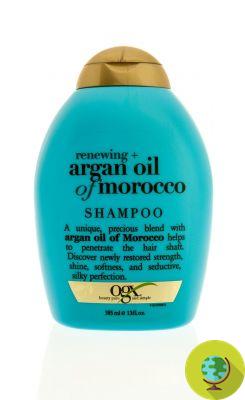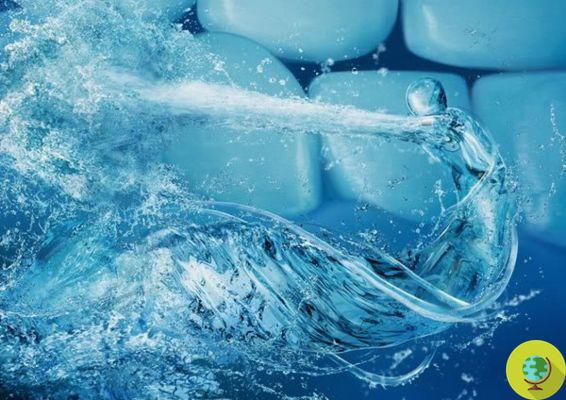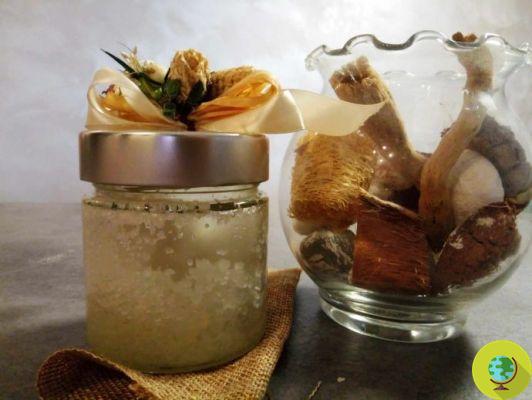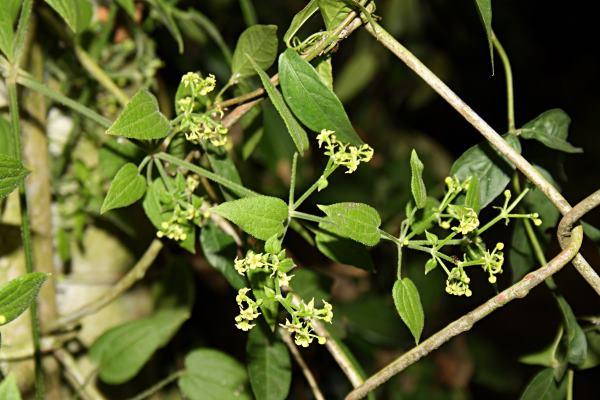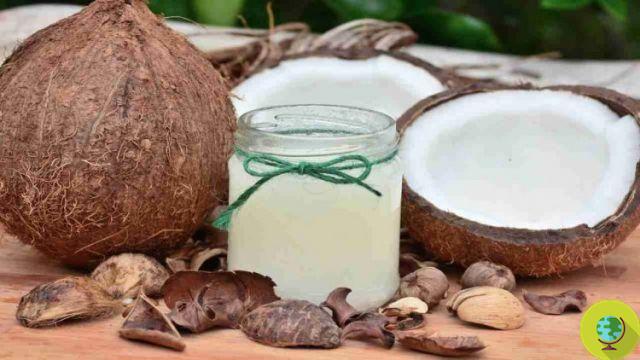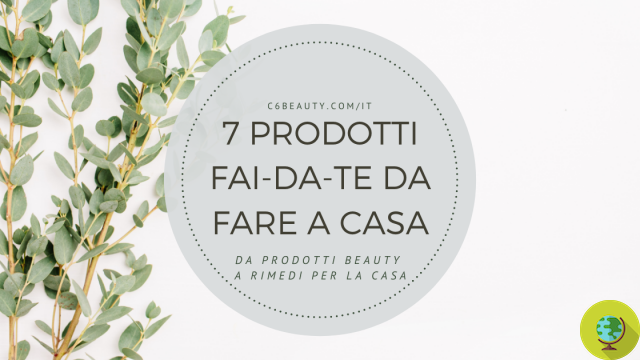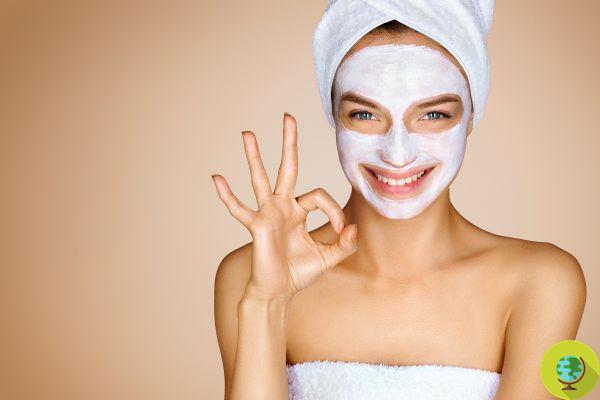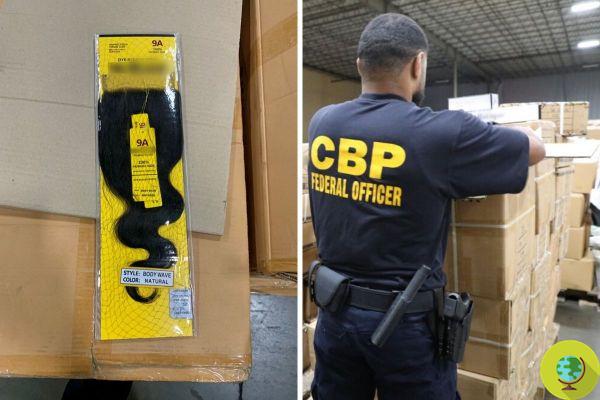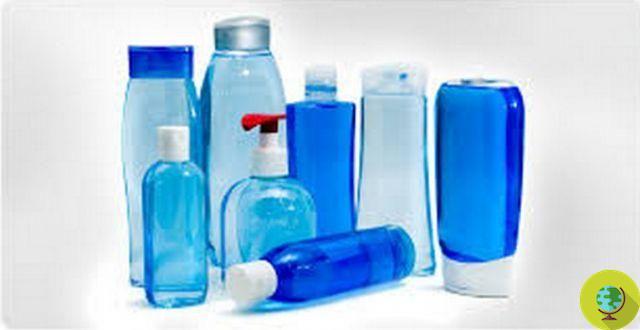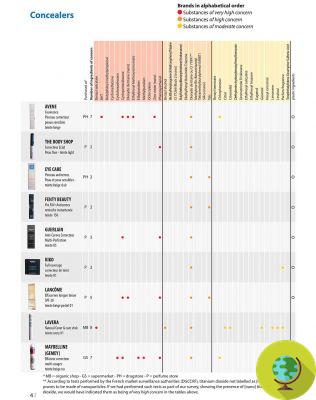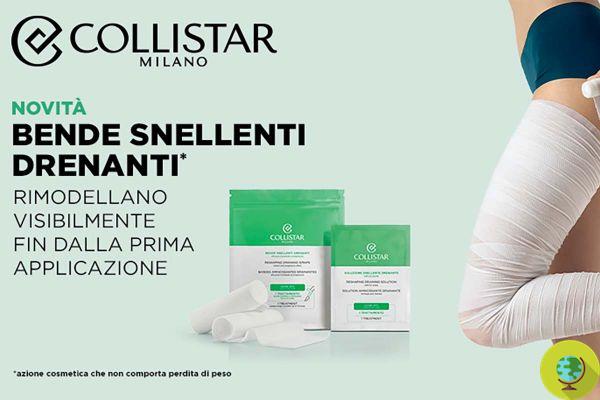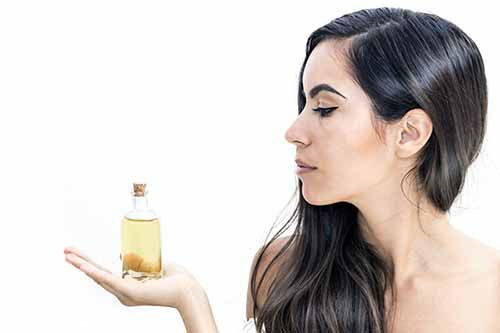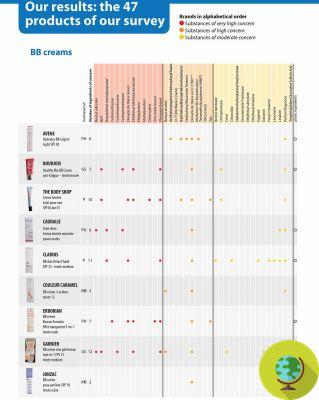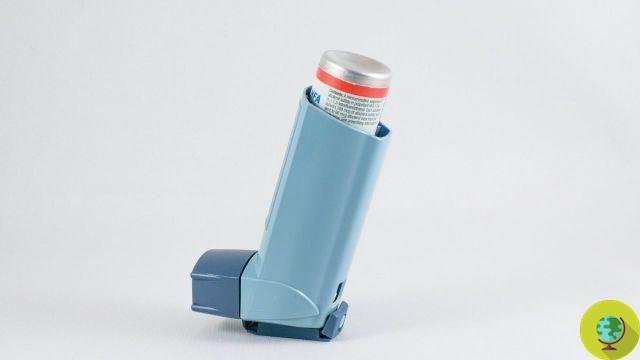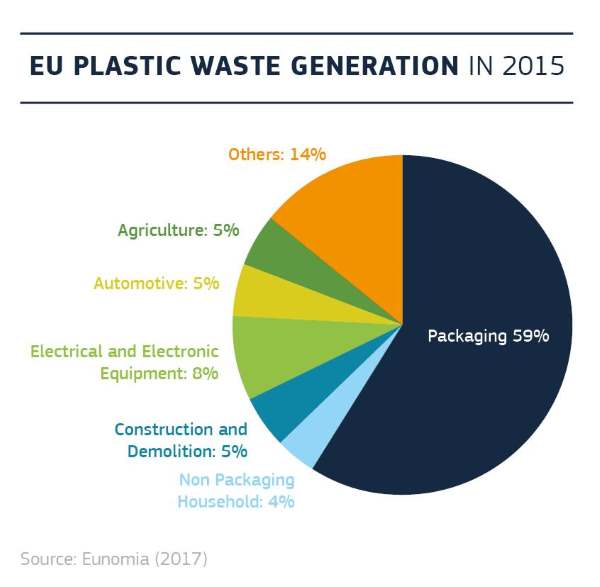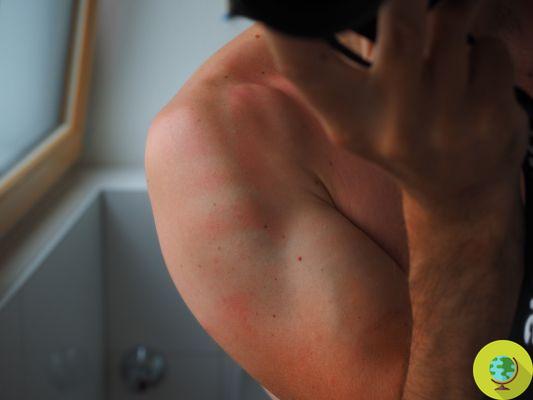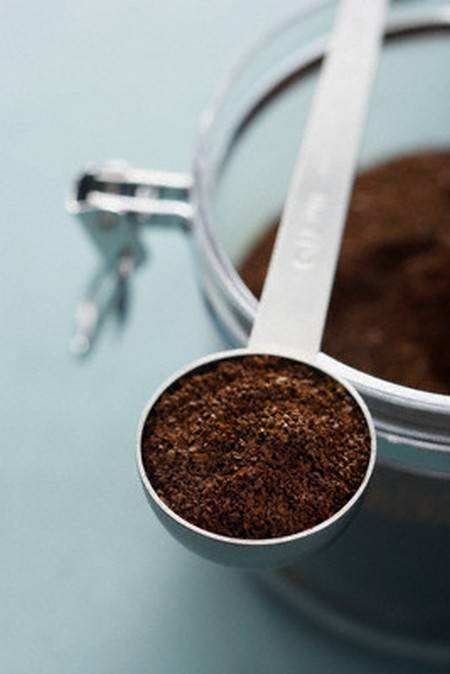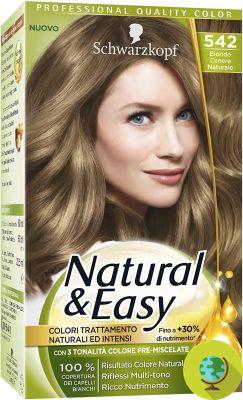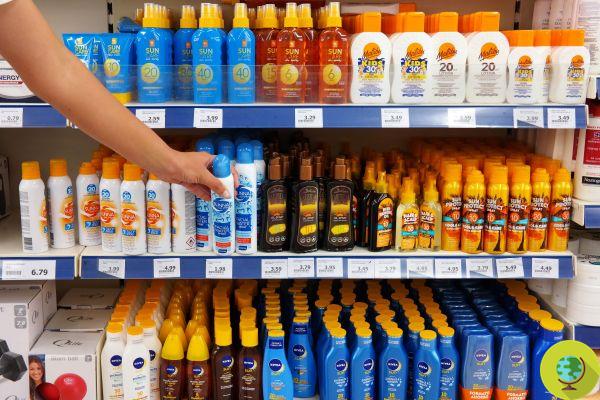
Reading the label of the sunscreen we want to buy helps us choose the one with the best and safest ingredients
Don't store avocado like this: it's dangerousSummer is coming and it is likely that we will need to buy sunscreen for us and our children. The choice is very wide but by reading the label carefully we have the opportunity to be able to identify a good product that does not contain controversial sunscreens or other potentially dangerous ingredients.
Choosing sun creams is not always easy as there are very different brands, types and prices. These products ensure low, medium or high protection (indicated by a number), they can be eco-bio or traditional, intended for adults or children and contain a more or less long and "clean" list of ingredients.
But how to orient ourselves? Once again the label comes to our aid where we find in detail all the ingredients present in the composition of the sunscreen that we have identified.
To help us read it, focusing on a few but important things, the Environmental Working Group (EWG) comes to our aid, which recently compiled its annual guide on creams and other sun products. Read also: Sun creams, the list of the most effective and safe for adults and children (and the dangerous ingredients to avoid)
Ingredients and products to avoid
We avoid buying sunscreens that contain the following ingredients:
- Ossibenzone: this chemical easily penetrates the skin and could potentially interfere with the hormonal system. Oxybenzone is a problem especially for children. (Read also: Sunscreens, this dangerous ingredient is more present than you think (and stays in the blood for a long time)
- Retinyl Palmitate, Vitamin A Palmitate, that the EWG reports as a potentially toxic substance for reproduction and development.
Other useful tips are:
- avoid sunsprays (for inhalation risk)
- avoid powdered sunscreens (for inhalation risk)
- avoid sunscreen +50 as, according to experts, they could make us mistakenly think we can stay in the sun even in the hottest hours, sure that the protection is sufficient for a long time when this is not the case.
The EWG test found among other things that the SPF (i.e. protection) values of sunscreen products are significantly lower than those reported on the label.
The ingredients and products to be preferred
As for sunscreens, according to the EWG, it is better to prefer mineral ones such as zinc oxide and titanium dioxide, the latter classified as a possible human carcinogen by the International Agency for Research on Cancer, but only if inhaled. For this reason, powder or spray formulations containing titanium dioxide are absolutely not recommended as well as those based on zinc oxide which present the same problem.
The EWG experts therefore advise us to choose:
- sunscreen cream
- broad spectrum protection products
- water resistant products
- products with a degree of protection between 15 and 50
If you can, orient the purchase on an eco-bio product that takes into account all the characteristics listed above.
Source: EWG
Read also:
- If you've had sunscreen open from last year, we'll tell you when you should NOT throw it away
- 10 Organic solar products with a good INCI
- Sun creams: can they still be used after a year?
- Sun creams: 10 things you (maybe) don't know about tanning products




